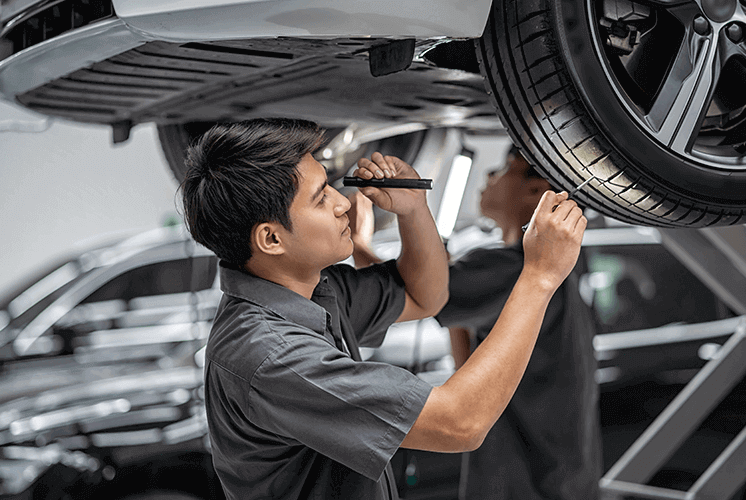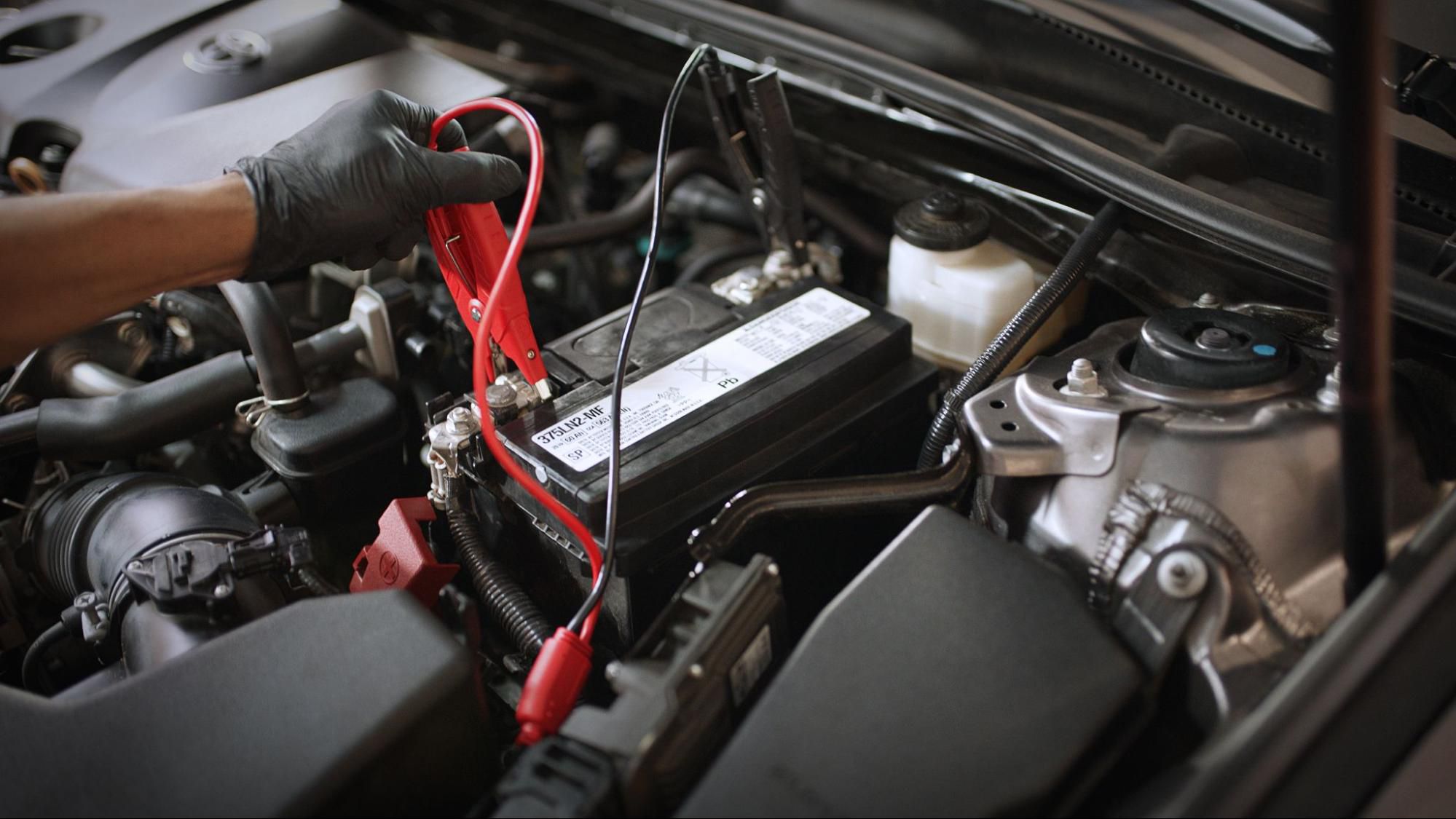
The automotive industry has undergone significant transformations over the past century, but the current era is witnessing one of the most revolutionary changes ever. Technological advancements, changing consumer preferences, and environmental concerns are reshaping the way we think about transportation. From electric vehicles (EVs) to self-driving cars, the future of the automotive industry is not just about improving existing technologies but reinventing mobility as a whole.
The Rise of Electric Vehicles
One of the most notable trends in the automotive industry is the shift toward electric vehicles (EVs). With growing concerns about climate change, pollution, and dependence on fossil fuels, electric vehicles have gained considerable attention in recent years. Traditional internal combustion engine (ICE) vehicles contribute significantly to carbon emissions, but EVs promise a cleaner alternative.
Governments worldwide have introduced incentives, such as tax breaks, subsidies, and regulatory measures, to encourage the adoption of EVs. Major automakers, including Tesla, Ford, and General Motors, are investing heavily in electric mobility, with several companies announcing plans to phase out gasoline and diesel-powered vehicles in the coming decades. Additionally, advancements in battery technology have led to longer driving ranges, faster charging times, and lower costs, making EVs more accessible to the masses.
However, there are challenges that need to be addressed before EVs can fully replace traditional vehicles. Charging infrastructure remains underdeveloped in many regions, and the production of EV batteries requires significant raw materials like lithium, cobalt, and nickel, which raise sustainability concerns. Despite these challenges, the shift toward electric mobility is inevitable, and it is expected to be a major driver of the automotive industry for years to come.
Autonomous Vehicles: A New Era of Mobility
Autonomous vehicles, or self-driving cars, are another groundbreaking innovation that is poised to revolutionize the automotive industry. The concept of a car that can drive itself has been a dream for decades, but recent technological advancements in artificial intelligence (AI), machine learning, and sensors have brought us closer to realizing this dream.
Companies like Waymo (a subsidiary of Alphabet, Google’s parent company), Tesla, and Uber have been at the forefront of autonomous vehicle development. These vehicles use a combination of cameras, radar, and lidar (light detection and ranging) to sense their surroundings, while AI algorithms interpret this data to navigate roads, avoid obstacles, and make decisions in real-time.
The benefits of autonomous vehicles are immense. They promise to reduce traffic accidents caused by human error, increase efficiency in transportation networks, and offer greater mobility to individuals who are unable to drive due to age or disability. Additionally, self-driving cars could significantly reduce the need for parking spaces, as they could drop passengers off and then park themselves in remote locations.
However, widespread adoption of autonomous vehicles faces several challenges. Regulatory hurdles, ethical concerns, and public skepticism about safety remain major obstacles. The transition to a world where self-driving cars are the norm will require careful planning and collaboration between automakers, governments, and technology companies.
Connectivity and the Internet of Things (IoT)
Another major trend in the automotive industry is the increasing integration of connectivity and the Internet of Things (IoT) into vehicles. Modern cars are no longer just modes of transportation; they are becoming mobile hubs of information, entertainment, and communication.
Cars are now equipped with advanced infotainment systems, real-time navigation, and in-car connectivity, allowing drivers and passengers to access the internet, stream music, and even control smart home devices. The development of 5G networks is expected to further enhance vehicle connectivity by enabling faster data transfer and more reliable communication between vehicles and infrastructure.
Connected cars also have the potential to improve safety by enabling features like real-time traffic updates, vehicle-to-vehicle (V2V) communication, and advanced driver assistance systems (ADAS). For instance, cars can communicate with each other to avoid collisions or inform drivers about road conditions ahead. These technologies are already being implemented in some vehicles and are expected to become more widespread in the coming years.
Sustainability and Green Innovations
As climate change becomes an ever-pressing issue, the automotive industry is increasingly focused on sustainability and green innovations. In addition to electric vehicles, automakers are exploring alternative materials, eco-friendly manufacturing processes, and renewable energy sources to reduce the carbon footprint of their operations.
For example, some automakers are using lightweight materials like carbon fiber and aluminum to reduce vehicle weight and improve fuel efficiency. Others are exploring hydrogen fuel cells as a potential alternative to battery-powered electric vehicles. Hydrogen-powered vehicles emit only water vapor as a byproduct, making them a zero-emission option. While hydrogen infrastructure is still in its infancy, several companies are investing in this technology as a long-term solution.
Recycling and reusing materials from old vehicles is another area of focus. Automakers are working on developing more sustainable practices for vehicle end-of-life management, ensuring that valuable resources are reused and that waste is minimized.
The Road Ahead: A Collaborative Future
The future of the automotive industry is one of collaboration, where automakers, tech companies, and governments work together to create a more sustainable, efficient, and inclusive transportation ecosystem. As innovation continues to push the boundaries of what is possible, the industry must also focus on addressing the challenges associated with these new technologies.
The shift towards electric and autonomous vehicles will require significant investment in infrastructure, regulatory frameworks, and public acceptance. In addition, the development of new technologies should be accompanied by a commitment to sustainability and responsible resource management.
Ultimately, the automotive industry is on the cusp of a transformative era, one that will change how we move, how we connect, and how we think about transportation. The road ahead may be filled with challenges, but the possibilities are exciting, and the journey promises to be nothing short of revolutionary.






